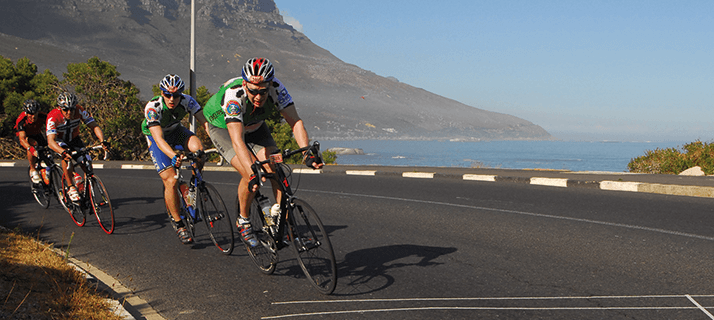
Could you describe your journey into chemistry? As a young boy I was fascinated by what doctors do. My best friend’s father was a surgeon, and he used to tell captivating stories. And so that’s what I wanted to do. At that time, due to overwhelming interest, admission to the study was determined by a raffle, which I lost, and I had to reconsider my options. I decided I should focus on something else I really enjoyed: chemistry – at least while I would go for the rebound on the medicine front. I liked it a lot. And so I completed my masters in chemistry at Utrecht University and never did get back to the medicine raffle. And analytical science? Funnily enough, I found the practical aspect of analytical chemistry at university overly precise and unexciting – there seemed to be no real end goal. On the other hand, the classes on synthesis were highly enjoyable. Basically, if you put A and B together, you should have C. However, sometimes I had more D than C. What was D and how did it get there?! I found that very interesting, so I ironically but happily ended up majoring in analytical chemistry. The bottom line? It took me a while to discover the beauty of analytical science.
Your PhD reaffirmed your discovery... Absolutely. Jaap Boon at the FOM Institute for Atomic and Molecular Physics (AMOLF) was setting up a few projects on art analysis and had a focus on mass spectrometry. I’d not done much mass spectrometry, but its accuracy really intrigued me. I knew that AMOLF was probably one of the best places in the world to learn. One thing led to another, and in 1996, I found myself using a 7-Tesla FT-ICR mass spectrometer to look at the molecular aspects of the ageing of art. We put mock paintings in several galleries – the Tate in London, the Rijksmuseum in Amsterdam and the Uffizi in Florence – and then looked at the chemical changes that occurred in those environments over time, using a variety of advanced analytical techniques. That got me plenty of attention and the chance to collaborate internationally. I was enjoying life as a scientist! And then AkzoNobel snapped you up? Yes. I guess a combination of my experience in mass spectrometry, a deep enthusiasm for my work, and bit of good luck (or good networking) resulted in AkzoNobel seeking me out when it lost its chief mass spectrometrist. They are also a paint company – so that connection might have helped! I worked my way up through the ranks to head of both spectroscopy and process analysis groups before being fully seconded to COAST (www.ti-coast.com) in 2011 as its managing director. I’ve already told the COAST story (tas.txp.to/0215/COAST), but in brief, a group of analytical scientists recognized a number of fundamental problems in the field that needed to be addressed. It was early 2008 that I, together with a few others, put my hand up to volunteer my time to meet those challenges. In the early days, I guess it was a labor of love (or need) – but now it’s evidently become something much bigger.
Can you tell us about your new role? In November 2014, I also became the managing director of the Top consortium for Knowledge and Innovation Chemistry (TKI-Chemistry). TKI-Chemistry is a foundation that aims to stimulate collaboration between the private and public sector – much like COAST’s efforts in analytical science but at a higher aggregation level and facilitated by the government. I now split my time 50-50 between the two. What are your personal ambitions? In doing the work that I do, I think I have to fully accept a grounding principle: “I am not important.” So, talking about personal ambitions doesn’t mean much to me. The most important thing is growing and nurturing the partnerships and initiatives that result from COAST and TKI-Chemistry. That might sound like a corporate answer – but that’s really how I feel. And I think it’s the only way I can succeed in my job. That’s not to say I’m not competitive – or don’t want to be recognized – but that really comes second and is also satisfied differently.
Does that mean you have another outlet? As a student I was a rower and now I’m a keen cyclist. I’ve never been a professional rower or rider but I do like races. And I love competition. Why do you put yourself through the pain of doing a 200km mountain ride or a 120km individual time trial? Or why do you walk up Kilimanjaro? One answer is “because it’s there”. But it’s also about looking back and saying, “I did it.” Yes, the endorphins help – and sometimes have you do it again. I’ve also got a hobby project on the go in the medical diagnostics and research space ... I never really lost my interest in medicine. Given your helicopter view, what would you say about the perception of analytical science? Consider the equation for innovation. There are many factors that you could include: money, creativity, inspiration, determination, perspiration, and so on. Analytical science is also in there – but it’s a multiplier. If analytical science is zero, the outcome is zero; there is no innovation without analytical science. Take just one area – life science – without analytical science it’s dead science. Actually, I believe analytical science is regaining the recognition that it rightfully deserves as a crucial science.




